The Ultimate Guide to Road Rollers: Function, Types, and Applications
The construction process involves various stages; each with its importance. Foundation construction cuts across all forms of construction; structural and road construction. Foundation construction includes compaction; compressing construction materials into required densities and load bearing capacities. In road construction, subbase and base preparation are made of compacted material. Effective compaction is achieved by several tools and equipment.
Road rollers are the most common compaction equipment used in road construction. These are pieces of motorized equipment with a roller at the front or at the back.
Contents
Purpose and Function of Road rollers
Road rollers have different roles in construction. However, they are mainly applied in road construction for functions explained below;
- Compaction of soil and asphalt- Road rollers are essential for compacting soil and asphalt in construction projects. They exert heavy pressure on the surface, squeezing out air voids and creating a dense and stable base. This ensures improved load-bearing capacity, prevents settlement, and enhances the durability of roads and pavements.
- Smoothing and leveling surface- Road rollers use their weight and rolling action to compress and even out soil, asphalt, or other materials. This process eliminates irregularities, improves surface finish, enhances traction, and ensures the safe and efficient movement of vehicles and pedestrians on roads, highways, and other paved surfaces.
- Increasing road durability and stability- By applying compaction forces, road rollers eliminate air voids, increasing material density. This results in improved load-bearing capacity, resistance to settlement, and enhanced structural integrity. Road rollers ensure long-lasting, stable roads capable of withstanding heavy traffic and environmental conditions.
The functioning of road rollers and compaction results depend on the type of road roller used. There are several types you can choose from depending on the size of the project, type of material being compacted, and site terrain.
Types of Road Rollers
There are two main classifications of road rollers depending on how they function. These are discussed in detail below;
Vibratory rollers
Vibratory road rollers utilize vibration technology to enhance the compaction process. The roller drum is fitted with eccentric weights which when activated moves back and forth creating vibration. The generated vibrations are transferred to the material under compaction through the drum. The weight of the drum coupled with the vibrations improve compaction. The benefits of vibratory road rollers include increased compaction efficiency, improved density, reduced voids, and better uniformity. However, excessive vibration may cause discomfort to operators and can potentially damage nearby structures or utilities, requiring careful operation and monitoring.
Static rollers
Unlike vibratory road rollers, static rollers do not generate vibrations. Instead, they rely on their weight and static pressure to compress and level the surface. The advantages of using a static road roller include simple operation, lower maintenance requirements, and suitability for certain types of materials. However, they may require more passes for achieving desired compaction and can be less effective for certain soil types or cohesive materials.
Road rollers can also be classified depending on their size and how they are operated. While bigger rollers are driven, smaller ones are hand held and controlled by an operator walking behind them. The functioning of all types of road rollers relies on several components working in synchrony.
Components and Features of a Road Roller
Several components facilitate the working of a road roller. Some components, such as the control instruments are essential and the roller cannot function without them. Other essential parts and features of road rollers are discussed in detail below;
- The drum- This is the compaction interface between the roller and the material under compaction. Drums are cylindrical and made of heavy metal to facilitate compaction. The weight of the drum is responsible for forcing material particles close together and eliminating air voids. In vibratory rollers, the drum contains eccentric weights that are responsible for the vibrations. There are different types of drums, these include;
- Smooth drum- These drums have a smooth surface and are suitable for compacting granular soils. Smooth drums are mostly used in compacting cohesive materials since they exert a uniform pressure.
- Padfoot drums- These have cylindrical or rectangular shapes with protruding pad or feet-like structures. These pads create concentrated pressure points on the surface, making padfoot drums ideal for compacting cohesive soils, clay, or other cohesive materials.
- Pneumatic drums- Pneumatic drums are made of rubber and have a hollow structure filled with air or water. These drums are used for compacting asphalt and are effective in achieving a smooth and uniform surface finish. The rubber material helps prevent surface damage and offers better traction.
- Weight and size- Weight and size of a roller are critical features. These play an important role in deciding the type of roller that suits a project. Weight and size are crucial features of road rollers as they determine their compaction efficiency and suitability for specific construction projects. Available roller sizes range from small compact rollers (1-3 tons) for narrow spaces, to medium-sized (8-12 tons) and large-sized rollers (up to 20+ tons) for wider areas, allowing flexibility in choosing the right equipment for the job.
- Power source- Road rollers can be powered by different sources, including diesel engines, gasoline engines, and electric motors. Diesel engines provide high torque and are suitable for heavy-duty applications but produce noise and emissions. Gasoline engines offer better maneuverability and are quieter but may lack power for large-scale projects. Electric motors are environmentally friendly, produce low noise, but require a power source and may have limited availability of charging infrastructure.
Applications of Road rollers
Road construction
Road rollers compact the soil to improve load-bearing capacity and prevent settlement. For asphalt layers, rollers ensure proper compaction, reducing air voids, and creating a smooth, durable surface that enhances driving comfort and extends road lifespan.
Land development
In site preparation, road rollers are used to level and compact the ground, ensuring a stable and uniform foundation for construction activities. When it comes to backfilling, road rollers are employed to compact the soil or other fill materials, ensuring proper compaction and stability to support structures, prevent settling, and promote the long-term durability of the developed land.
Maintenance and repair
Road rollers play a crucial role in repairing potholes, leveling uneven areas, and restoring the integrity of the road. Road rollers are used to compact the repaired sections, ensuring proper compaction and eliminating any air pockets. This process enhances the stability and smoothness of the repaired surface, improving safety for drivers and extending the lifespan of the road infrastructure.
Safety Considerations When Using Road Rollers
When using road rollers, it is important to follow key safety measures. Operators should receive proper training and wear personal protective equipment. Ensure clear visibility by using mirrors or cameras. Maintain a safe distance from other workers and obstacles. Secure the roller during transportation.
Regularly inspect and maintain the machine. Adhere to traffic control measures. Avoid operating on unstable or steep slopes. Communicate effectively with workers and use caution to prevent accidents.
Conclusions
Road rollers play a critical role in various aspects of construction and maintenance projects. From achieving compaction in soil and asphalt layers to preparing construction sites and repairing damaged roads, their contribution is vital. Adhering to safety measures ensures efficient and secure operation, ensuring the longevity and quality of infrastructure projects.
Using equipment and technology in construction improves quality and reduces time taken to complete projects. For this reason, road rollers will continue to be important equipment in the construction industry.
single drum road roller, start from $900
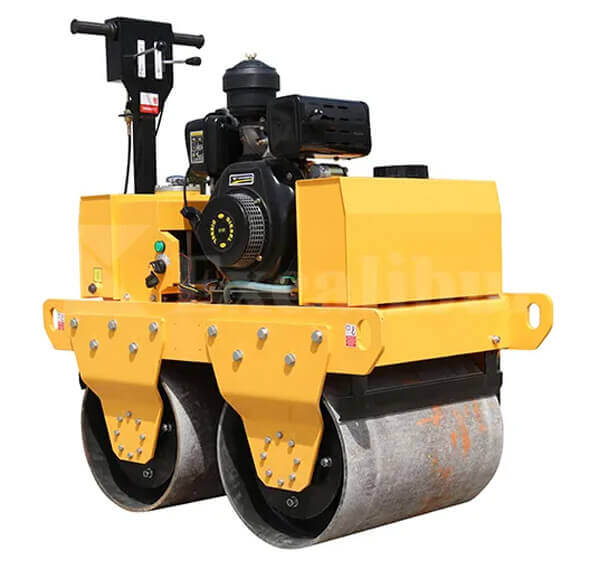
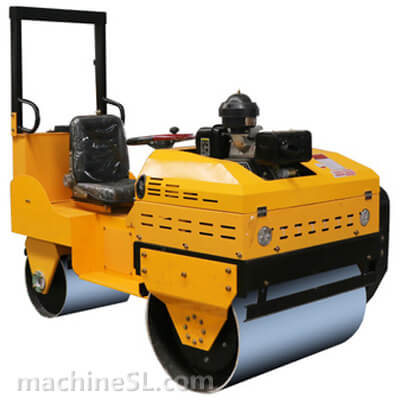
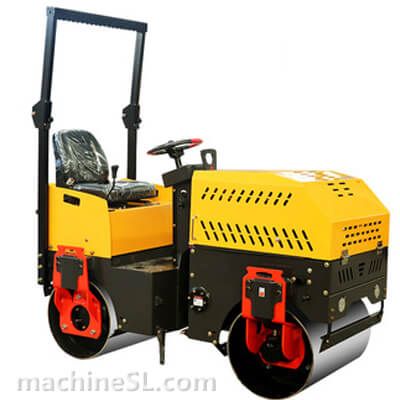
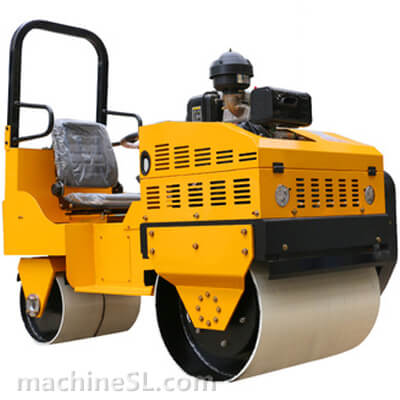
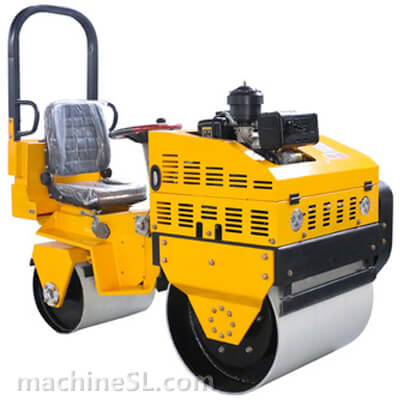
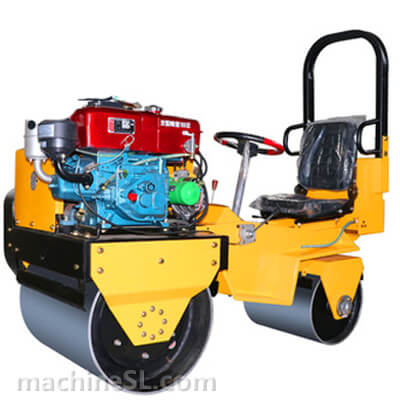
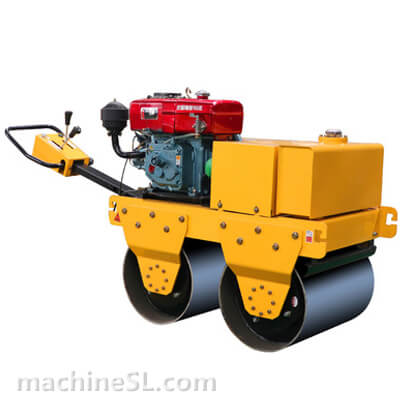
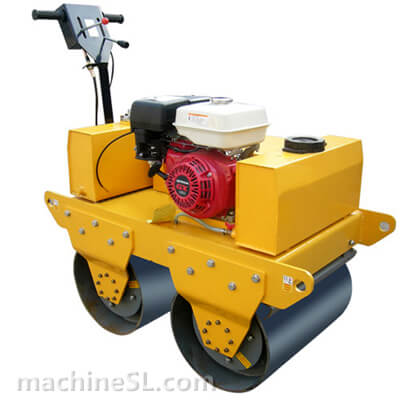
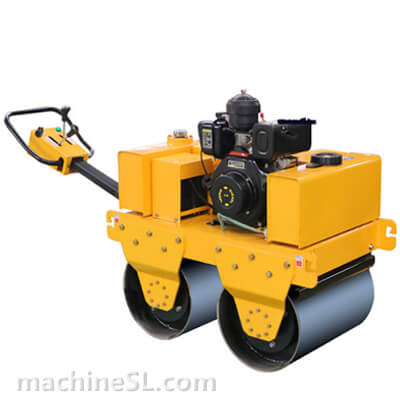
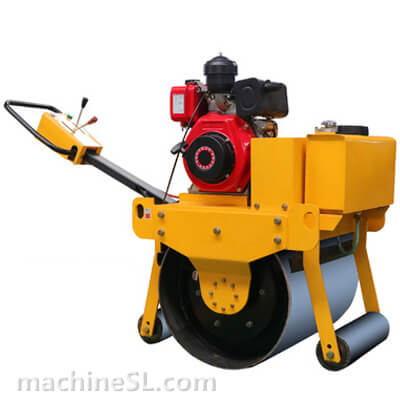
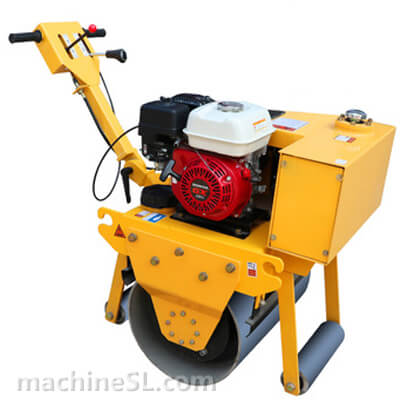
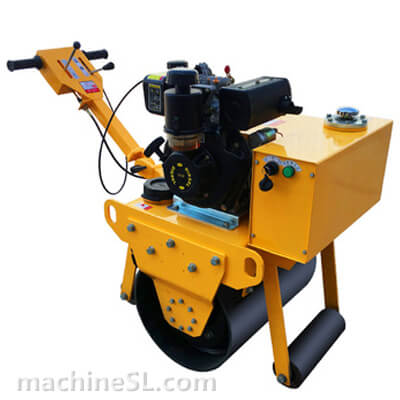
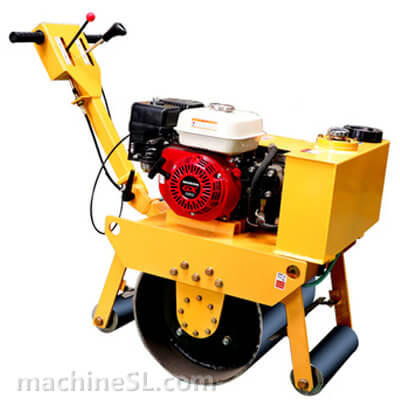
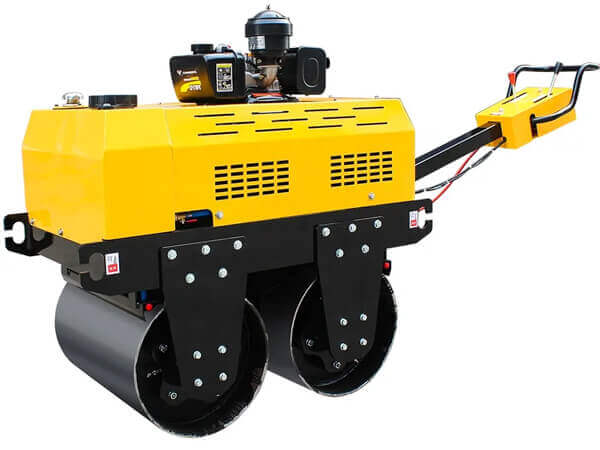
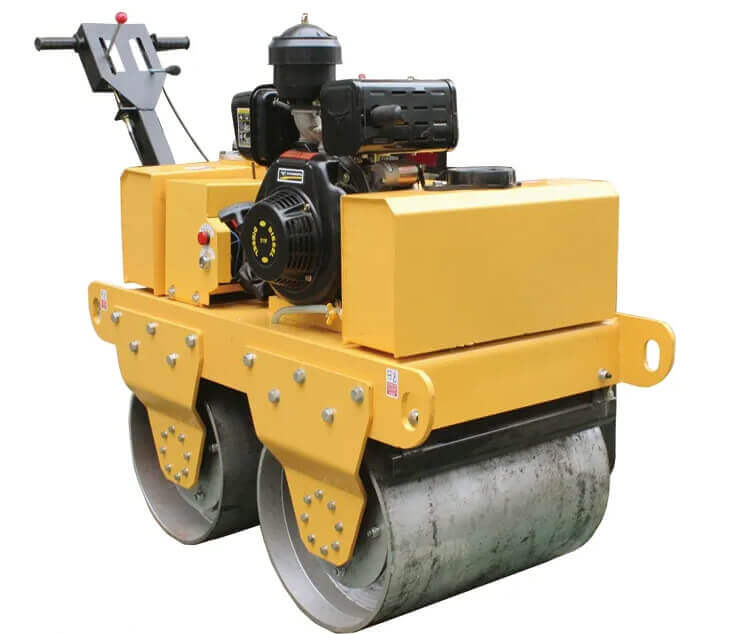
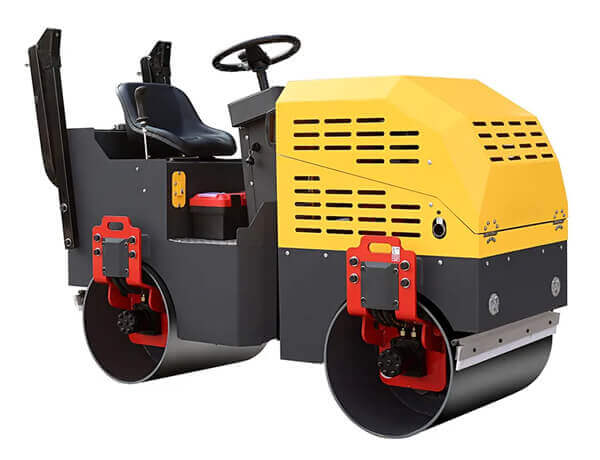
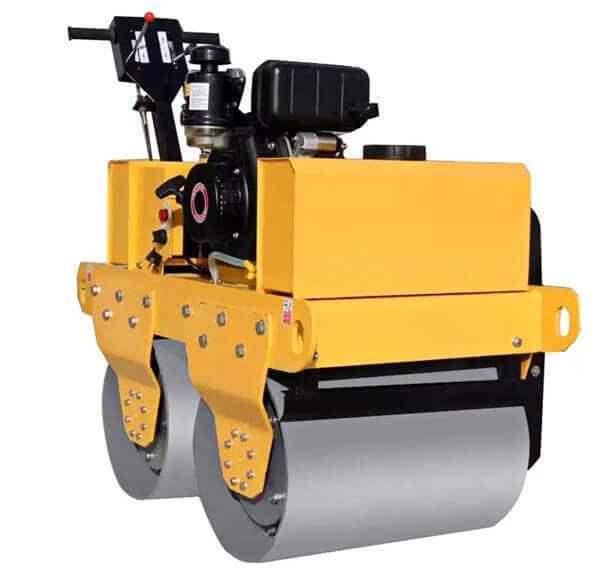
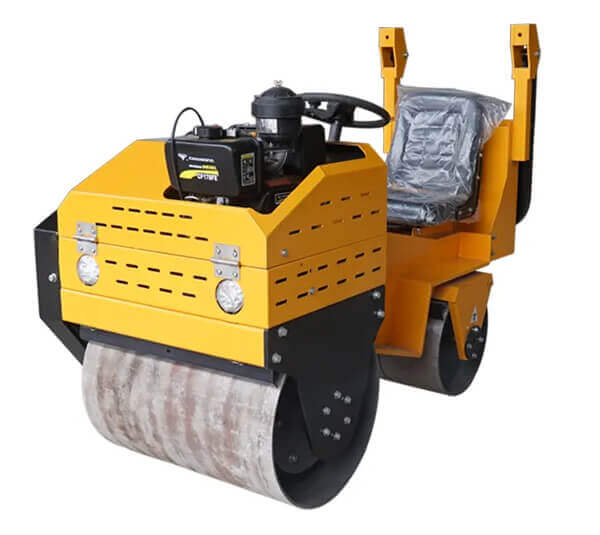



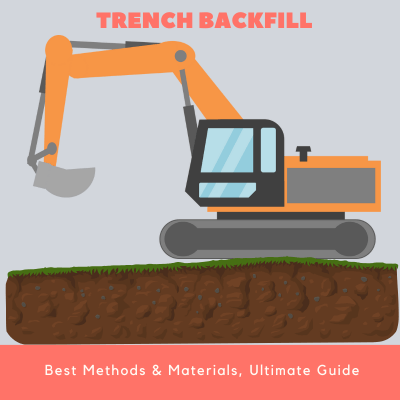
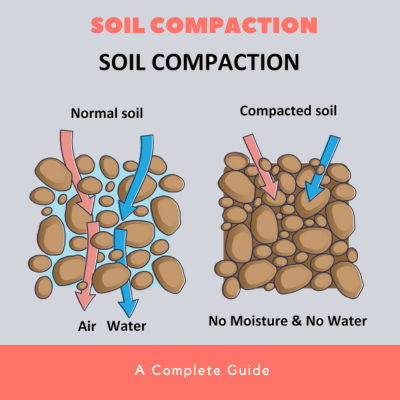
Leave A Comment